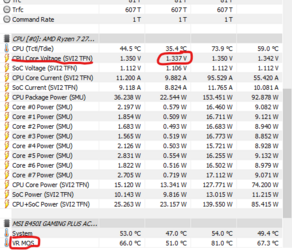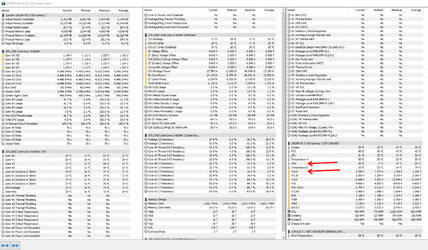Getting bored and thinking of re-OC'ing my 6600K to run some game benchmarks on non-OC and OC and compare. I've come across this guide on TweakTown from 2015 but I've also watched a few YT videos. My main question is what programs would be best to use today in testing the OC stability? The guide says IBT, Handbrake, and Prime95 but a video by Paul's Hardware uses wPrime, Cinebench R15, Passmark, and POV-Ray and a video by Linus suggests Aida 64 and ROG Realbench and he even recommends against using Prime95.
So what's the best program(s) to use nowadays for stress-testing a 6600K overclock? Is there a better OC guide than the one I've linked?
Thanks!
So what's the best program(s) to use nowadays for stress-testing a 6600K overclock? Is there a better OC guide than the one I've linked?
Thanks!

